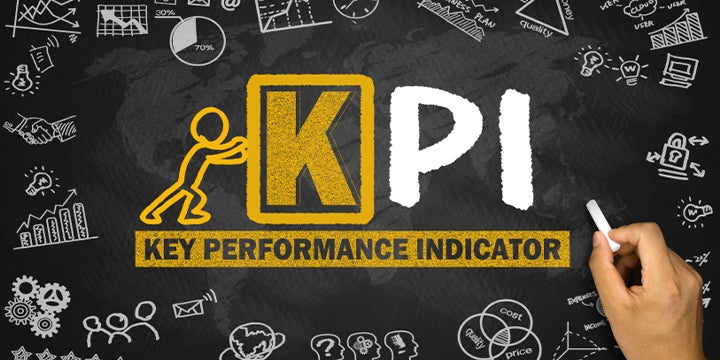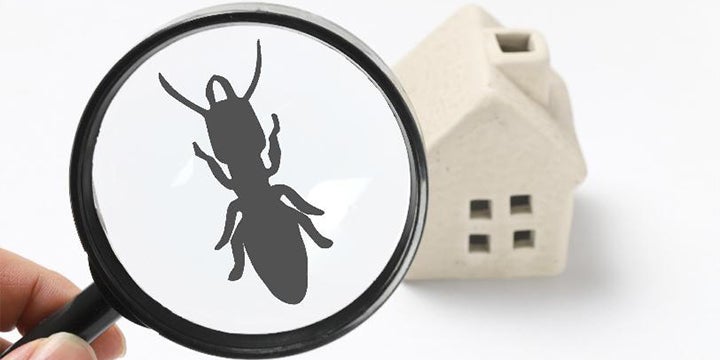Understanding Sales and Marketing KPIs to Achieve Growth

Peter Drucker, the author of The Price of Management, said it best, “What gets measured gets managed.”
Measuring your pest control business’ performance is an essential part of ensuring your growth and progress. Additionally, how your marketing and sales team performs is crucial to your success. Key performance indicators (KPIs) are quantifiable, outcome-based statements to measure if you’re on track to meet your objectives. There are hundreds of KPIs out there, but there’s no need to measure them all. Your business goals will determine which ones you choose. A good plan has between four and 10 KPIs for most types of companies. Assuming you already set your 2021 goals, let’s take a look at some key performance indicators that you will want to develop and use for your sales and marketing team. (You can also check out our infographic on Steps to Measure Your Pest Control Business Effectively.)
First, you want to make sure your efforts are optimized and your marketing spend makes sense. This starts at the top of the sales funnel with marketing qualified leads (MQLs). An MQL is not just a random lead, but it’s a potential customer that has shown interest in your pest control services based on your marketing efforts. For example, maybe they have checked out your pricing on your webpage, submitted a form, or they called a special phone number they saw on an ad. These are the individuals that are more likely to become a customer versus other leads. If someone is going to take the time to fill out a form, they are more likely to be open to a conversation with your sales team. In that sense, they’ve been qualified by marketing as a warm or even hot lead. Your sales team should act on this quickly and close the deal.
To drive MQLs and ensure they are high-quality, you have to be purposeful and profile the leads you want. For example, who are the most likely to convert? How do you reach them most effectively? What type of actions would they take to consider them qualified? Start by creating a form to capture the basics. To become a hot lead, there is a minimum set of information your sales team will need to take action and close the deal, such as name, phone number, email, pain points or issues, and possibly the size of the property. Your sales team will be the most experienced with the types of actions potential buyers take to help you create a profile. This is also a quick way to qualify a lead and disqualify it as well. A disqualified lead could mean that they are out of your service area or submitted bad contact information. You don’t want your sales representatives wasting their time on these leads. Next, let’s take a look at the sales funnel to see how many MQLs it takes to achieve your goal for the year.
If you want to earn $500,000 in new subscription business, then you will need to consider how well your leads convert through the funnel. For instance, if the price per deal is $500, you need 1,000 new deals to achieve your goal. If we assume an MQL to a sales qualified lead conversion rate of 20 percent and a 25 percent close rate, you will need to generate 20,000 MQLs in 2021. That might sound pretty daunting. But, if you improve the 20 percent conversion rate by narrowing in on the potential customer’s right profile and buying behaviors, you’ll improve your leads' quality. And, you won’t require as many MQLs to achieve your goal. By focusing on MQLs and prioritizing your hottest leads, you’re optimizing your marketing spend, which is a great segue into the next KPI – customer acquisition costs (CAC).
Your CAC will tell you what it truly costs to acquire customers. To calculate your CAC, add all the costs you spent, such as marketing expenses, salaries, bonuses, and commissions paid to your marketing and sales team. Then, divide that number by the number of customers you acquired in the time period where the money was spent. This will give you your cost of acquiring a single customer.
If your CAC is higher than expected, or if you’re unable to monetize your customers effectively, then you need to switch things up. But how do you know if your CAC is too high? If a new customer has a customer lifetime value (CLV) of $1,400, and you spent $400-$500 to acquire them, your spend is most likely reasonable. But if it’s not, you need to increase your closing rate or find ways to boost that customer’s value through add-on services or even looking at your overall pricing and packaging.
Knowing your CLV will help you develop strategies to acquire new customers and retain existing ones while maintaining profit margins. You should think of CLV as a motivating metric for long-term growth as it relates to the customer journey. It all starts with acquiring the customer, having a compelling offer, a history of great service in the form of reviews, and lastly, gaining their trust, so they call on you for more services. This all adds to the customer lifetime value. CLV can forecast the impact of future activity on your bottom line:
How much can you spend to acquire a similar customer and still have a profitable relationship?
Who are those customers with the highest CLV, and what kind of services are they buying?
Which pest control services have the highest profitability?
Who are your most profitable types of customers?
When you’re trying to calculate your CLV, keep it simple and don’t overcomplicate it. Take your customer revenue per year, multiply that by the duration of the relationship in years, and subtract the total costs of acquiring and serving the customer.
In conclusion, focusing on KPIs such as your marketing qualified leads, customer acquisition costs, and customer lifetime value is a great starting point for determining your return on investment (ROI). Analyzing these statistics will help you determine which marketing strategies are working and which ones will not achieve more growth.






